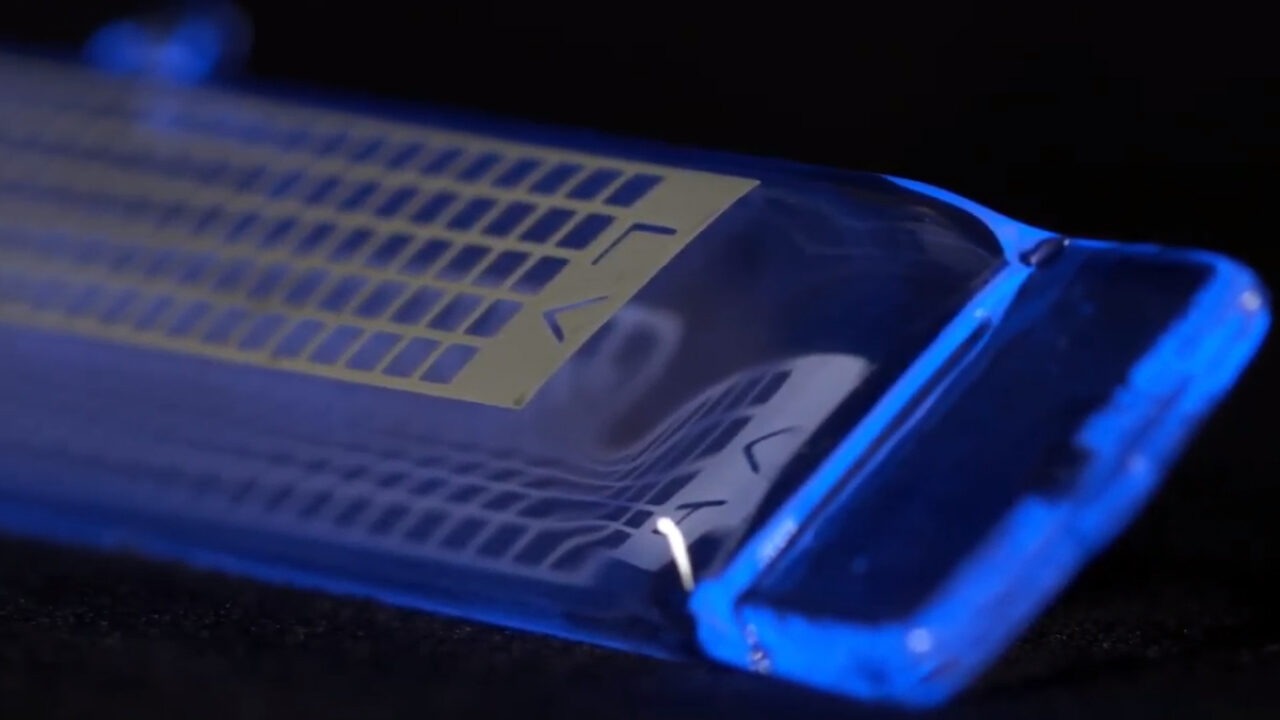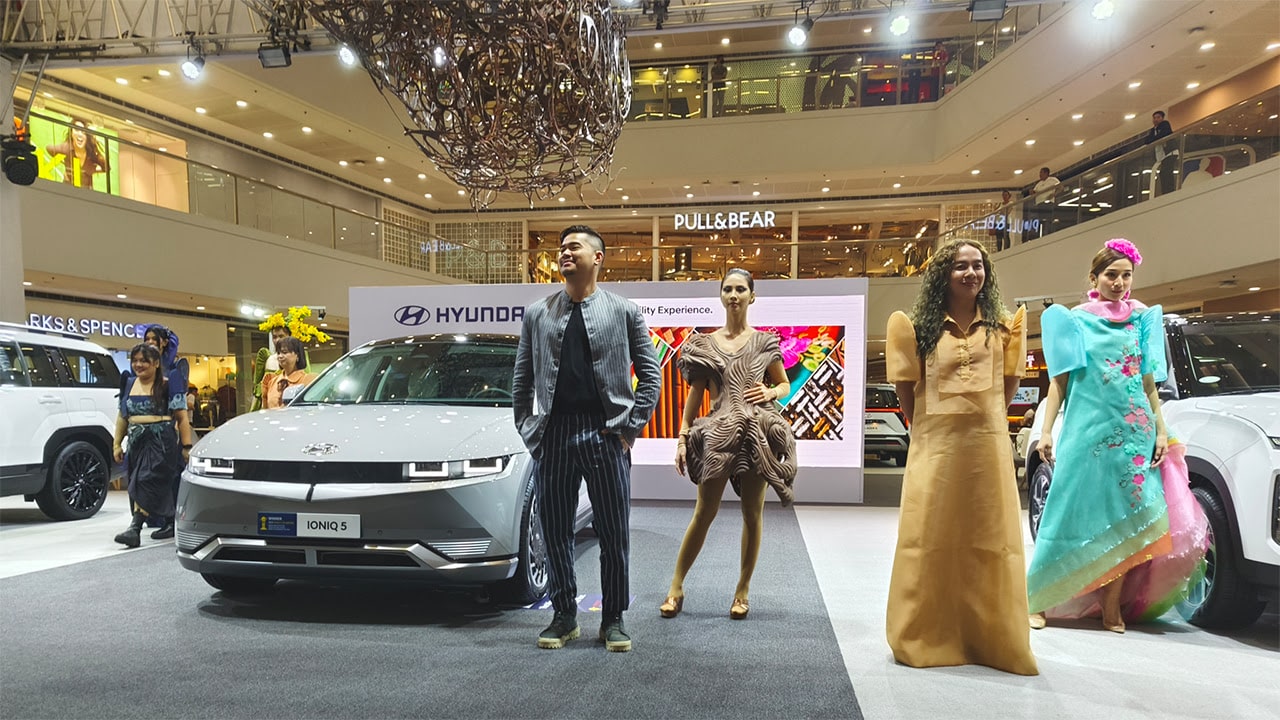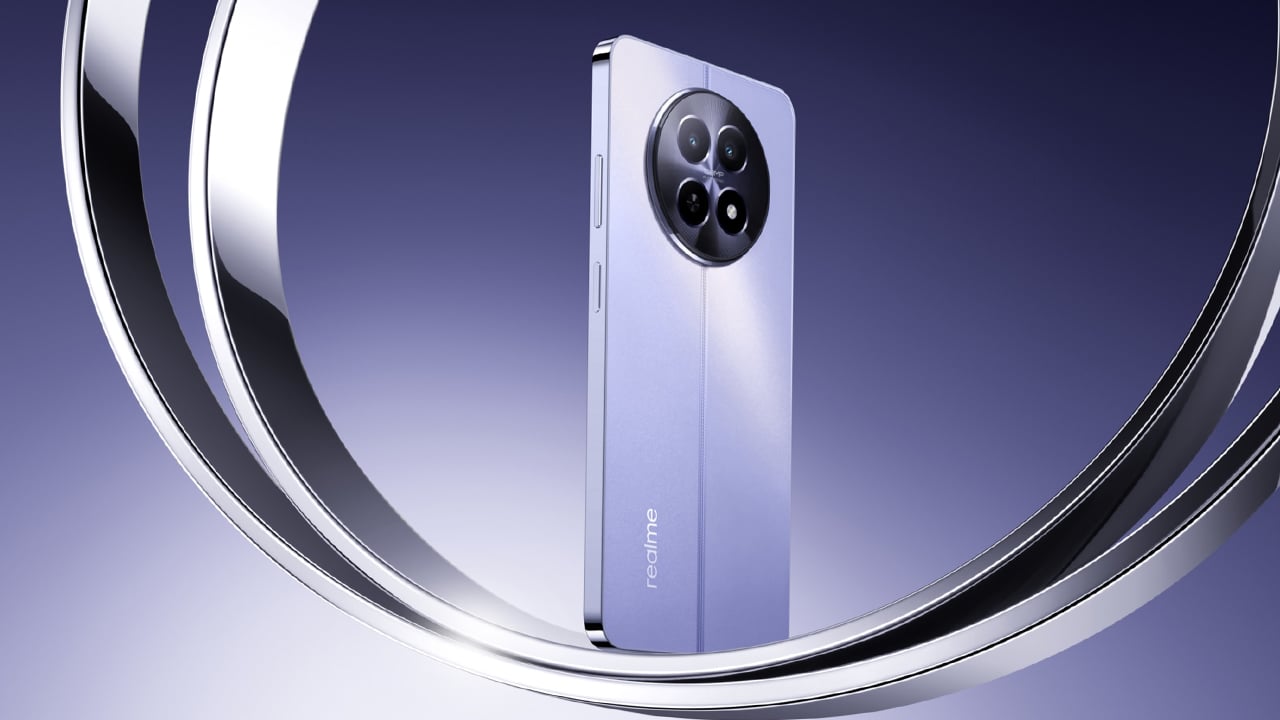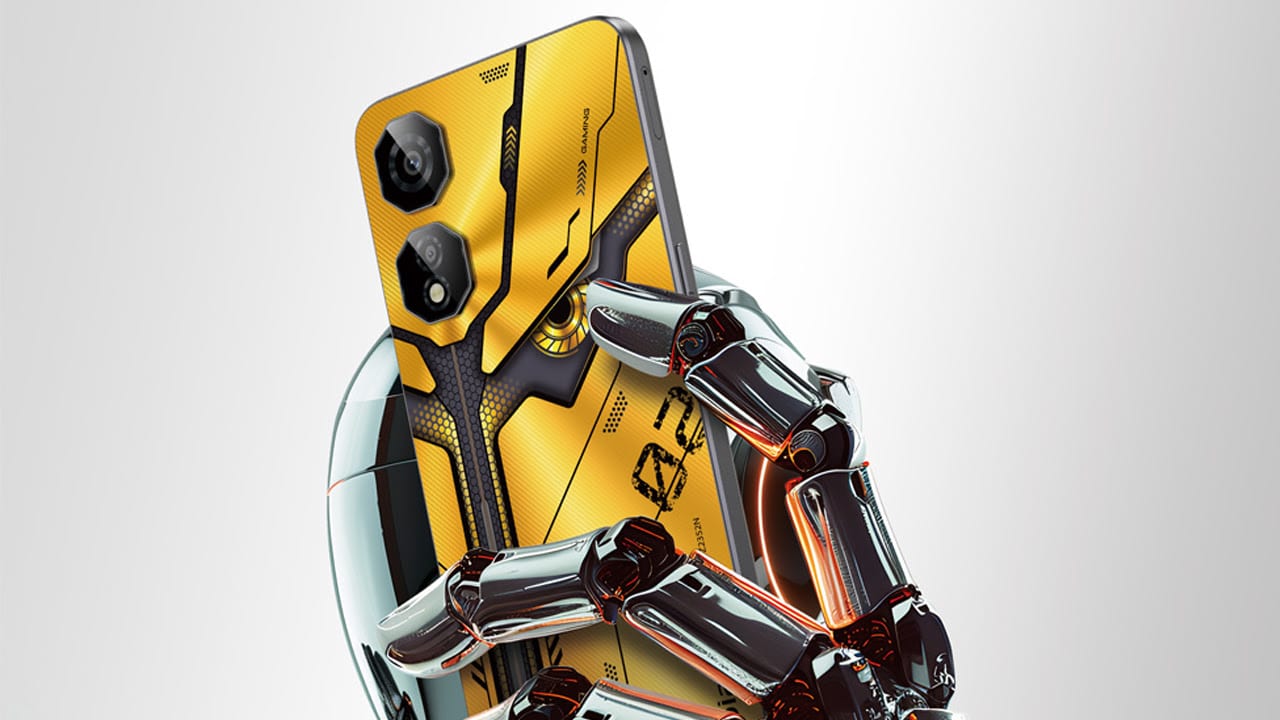Dr. Hiroki Ohge, Professor, Department of Infectious Diseases, Hiroshima University Hospital, and a group of researchers lead by Dr. Takemasa Sakaguchi, Professor, Hiroshima University Graduate School of Biomedical and Health Sciences, have completed a research study that demonstrates that irradiation with filtered 222nm UV-C light effectively reduces SARS-CoV-2 in an in vitro experiment. This is the first study conducted in the world on the efficacy of 222nm UV-C light against SARS-CoV-2, the virus causing COVID-19.
These lamps are targetted to be used in places like airports to help prevent the spread of bacteria and viruses.

In this study, Ushio’s Care222 UV-C disinfection module was placed 24 cm above the surface of the plates in which the viral samples were placed. The study showed that exposure to the 222nm light resulted in at least a 99.7% reduction of viable SARS-CoV-2 samples. The researchers concluded that the study demonstrated the effectiveness of 222nm UVC irradiation on SARS-CoV-2. The researchers further noted that the results suggest that the 222nm UVC technology could be used for infection prevention and control against COVID-19 both in occupied and unoccupied spaces.
The company notes that it is important to use filtered 222nm UV-C light in occupied spaces. Unfiltered 222nm UV-C lamps will emit radiation in the 230nm (UV-C) to 320nm (UV-B) range. Irradiation without blocking these higher wavelengths of light has been reported to cause erythema and damage to the cellular DNA at considerably lower levels than filtered 222nm light.

Ushio’s Care222 device features a specially designed bandpass filter that is based on groundbreaking research and technology developed by Columbia University and filters the longer UV wavelengths from the lamp. To know more about the product, watch the video below:












